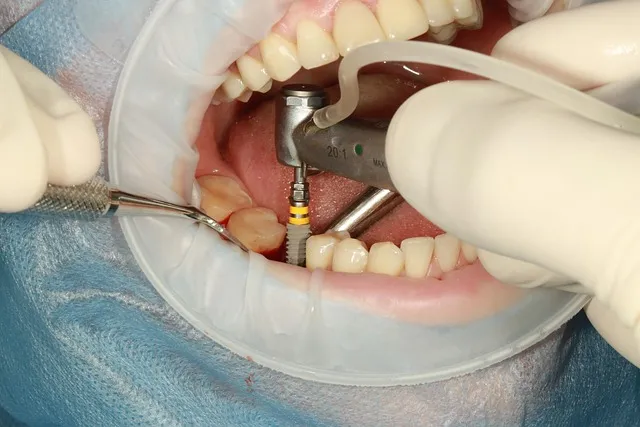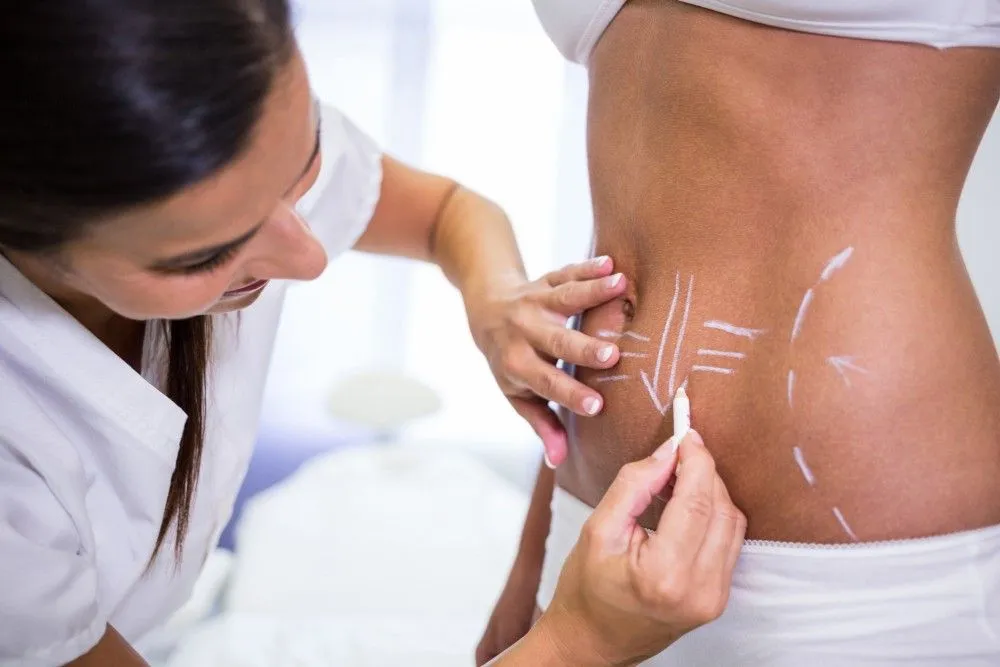Gynaecomastia refers to benign enlargement of male breast. It is a disorder associated with excessive growth of breast tissue. It mostly occurs during puberty, but resolves by the time adulthood arrives.
The disorder may also occur in older men experiencing low Testosterone levels, or at neonatal stage due to transfer of maternal Oestrogen and Progesterone. The disorder may affect one or both the breasts. Treatment of the disorder may entail a plastic surgical procedure known as Breast Reduction Surgery.
Male Breast Enlargement Causes
The primary cause behind occurrence of Gynaecomastia is the hormonal imbalance of Testosterones and estrogens. Increased estrogen levels and lack of Testosterone triggers the growth of breast tissue.
Intake of certain drugs, such as, Anti-ulcer Drugs, Anti-androgens, Alcohol, Anabolic Steroids, and Medicines for Heart Disease can also cause Gynaecomastia. However, most of the times the underlying cause is unidentifiable.
Other causes may include the following:
- Aging
- Neonatal Breast Development
- Puberty
- Hyperthyroidism
- Kidney Failure
- Liver Failure
- Malnutrition and Starvation
- Klinefelter's Syndrome
- Tumor, Lump, or Infection in Testicles
Signs & Symptoms
The signs and symptoms of Gynaecomastia may include:
- Enlarged Breast/ Breasts
- Swollen Breast Tissue around the Nipples
- Breast Tenderness
- Pain in the Breasts
- Irritation and Chafing of the Breast
- Presence of Sexual Dysfunction
Specialist
The subject matter expert for Gynaecomastia is a General Physician.
Diagnosis
Breast enlargement may not necessarily imply Gynaecomastia. It is also indicative of Breast Cancer, Fatty Breast Tissue, and Breast Abscess (Mastitis). The doctor will meticulously evaluate and search for the exact cause behind the swelling of breast.
History: The doctor will ask for information about past and current medication of the patient.
Physical examination: This includes physical examination of Breast Tissue, Abdomen, and Genitals.
Laboratory Tests: The doctor will conduct Blood Tests, Hormone Blood Screening, and Mammogram. Depending upon the test results, he may also advice Chest X-Rays, CT Scans, MRI Scans, Testicular Ultrasounds, and Tissue Biopsies.
Treatment Modalities Available for Management of the Disorder
The available treatment modalities are as follows:
- Surgical: This involves performing a Breast Reduction Surgery to remove the extra breast tissue. Surgical treatments include Subcutaneous Mastectomy, Liposuction-assisted Mastectomy, Laser-assisted Liposuction, and Laser-Lipolysis without Liposuction. These surgeries are simple cosmetic procedures, and may or may not require an overnight hospitalization.
- Medication: The doctor may prescribe medicines to correct the hormonal imbalance, such as, Aromatase Inhibitors, Clomifene, Androgens, Danazol, and Tamoxifen. However, the efficacy of these medications is still uncertain.
Known Complications
Surgical treatments impose a variety of complications, such as, Nipple Inversion, Nipple Necrosis,Hematoma, Surgical Wound Infection, Breast Asymmetry, Sensory Changes, Noticeable or Painful Scars, and Contour Deformities. Medication also carries adverse effects, such as, Clomifene may trigger Visual problems, Rash, & Nausea, and Tamoxifen may stimulate Nausea & Epigastric Discomfort.
Furthermore, the disorder presents several social and psychological turbulence for the patient, such as, feelings of embarrassment and low self-esteem. In some cases, Gynaecomastia is indicative of Testicular Cancer.
Precautions
Post surgery, one should avoid exercising or heavy manual work for three weeks. The patient should also avoid intake of Anti-inflammatory Drugs, as it may cause tissue inflammation. If itching or irritation occurs at the affected area, then one should avoid scratching. The doctor may advice wearing a compression corset on the chest for two to three weeks, as it aids in internal healing.
Dietary and Physical Activity Requirements
The patient should avoid exercising or carrying out any other strenuous activity after the surgery. He should also refrain from taking Anti-inflammatory Drugs.
Prevention of the Disorder from Happening or Recurring
Factors that may help in preventing the disorder from happening or recurring include the following:
- Reduce intake of Alcohol
- Refrain from using Illegal Drugs, such as steroids, androgens, amphetamines, heroin, and marijuana.
- Avoid using medicines which trigger Gynaecomastia.
Risk to other Family Members
The disorder is not infectious, and hence there is no risk to other family members.
Support and Help given by the Caregiver
Gynaecomastia may cause severe psychological difficulties for the patient. He may undergo bouts of depression, embarrassment, and low-self esteem. If the disorder occurs during puberty, it may cause stress, anxiety, and fear of being a target for teasing by friends and peers. In such eventualities, caregivers should provide moral and emotional support to the patient.

Reviewed by







